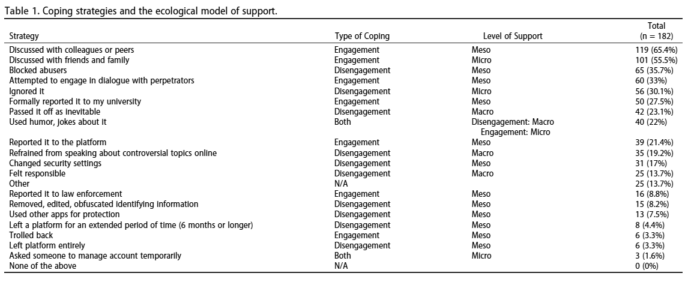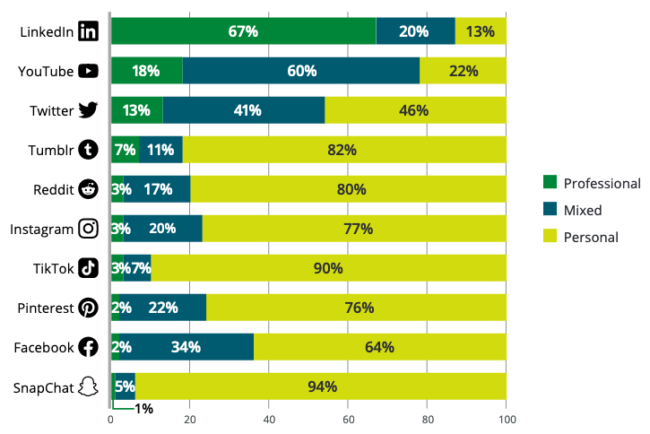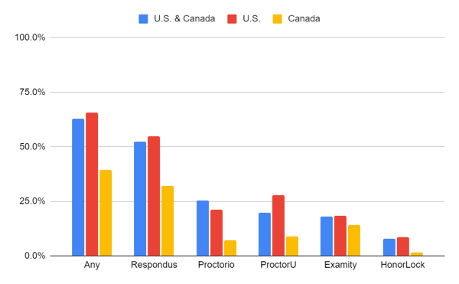“Imagine you publish a paper detailing the results of research you spent two years working on. You are excited and decide to share your work on social media, both so people can hear about it, and also because you know your university has a public scholarship strategy in place that encourages doing so. Within hours, however, the abuse pours onto your post. First you are told your research is wrong or useless, and you are surprised at the negative attention given the innocuous subject of your work. But soon it snowballs into something worse, with users descending into more aggressive harassment and even threatening violence against you and your family. Distressed, eventually you pull the post, unwilling to tolerate the vitriol, feeling defeated and diminished. You weren’t prepared for such an outcome, and you aren’t entirely sure what to do next.”
The quote is from the introduction of our latest paper on the harassment that scholars experience. The paper asks: What coping and support mechanisms – other than deleting post – do scholars use? Where does that support come from? Does it come from friends and family? University? The legal system? How effective are those supports perceived to be?
This is our fourth harassment-focused paper (see first, second, and third). Using data from 182 survey participants, we identified gaps in the support that scholars receive when they face harassment. We identified lack of support at the university level (administration and colleagues) and at the level of digital platforms. We also noted that attitudes and values about gender, race, academic work, and online life worsen the problem, as some scholars noted that they refrained from speaking about “controversial topics” online (i.e. a chilling silencing effect), and also that they often “felt responsible” for the harassment directed at them. The table below summarizes some of these findings

You can access the paper from the link below. If you don’t have library access, here is the author’s copy of the submitted paper.
Houlden, S., Hodson, J., Veletsianos, G., Gosse, C., Lowenthal, P., Dousay, T., & Hall, N., (in press). Support for Scholars Coping with Online Harassment: An Ecological Framework. Feminist Media Studies. https://doi.org/10.1080/14680777.2021.1883086


